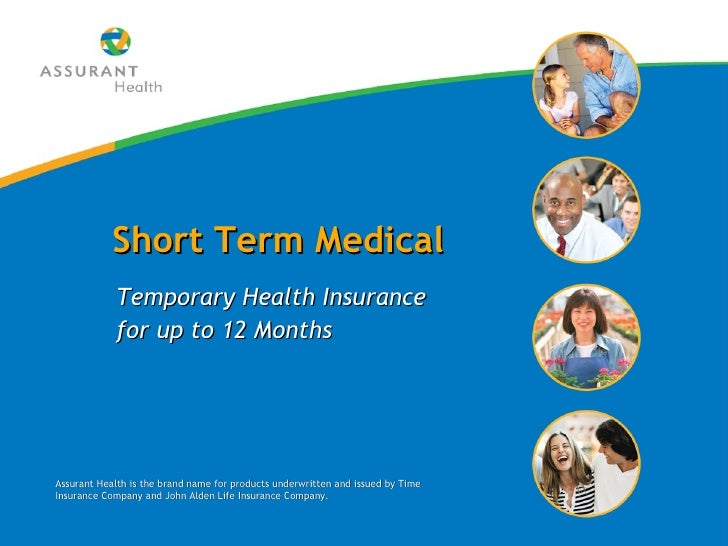This efficiently eliminates the ceiling on monetary threat for people in the private exchanges. The aids for insurance premiums are offered to individuals who purchase a plan from an exchange and have a family earnings between 133% and 400% of the hardship line. Area 1401(36B) of PPACA describes that each subsidy will be offered as an advanceable, refundable tax credit and gives a formula for its calculation: Except as provided in provision (ii), the applicable portion with respect to any taxpayer for any taxable year amounts to 2. 8 percent, increased by the variety of percentage points (not greater than 7) which bears the very same ratio to 7 portion points as the taxpayer's family earnings for the taxable year in excess of one hundred percent of the hardship line for a household of the size involved, bears to an amount equal to 200 percent of the poverty line for a family of the size involved.
A refundable tax credit is a method to offer government advantages to people who may have no tax liability (such as the earned earnings tax credit). The formula was changed in the amendments (HR 4872) passed March 23, 2010, in section 1001. To certify for the subsidy, the recipients can not be eligible for other acceptable coverage. The U.S. Department of Health and Human Providers (HHS) and Irs (IRS) on May 23, 2012, issued joint last rules regarding application of the brand-new state-based medical insurance exchanges to cover how the exchanges will determine eligibility for uninsured people and employees of small companies looking for to purchase insurance coverage on the exchanges, as well as how the exchanges will deal with eligibility decisions for low-income people getting recently broadened Medicaid advantages. What is renters insurance.

3% $2,778 $8,366 $4,000 250% $55,125 8. 05% $4,438 $6,597 $1,930 300% $66,150 9. 5% $6,284 $4,628 $1,480 350% $77,175 9. 5% $7,332 $3,512 $1,480 400% $88,200 9. 5% $8,379 $2,395 $1,480 In 2014, the FPL is predicted to equal about $11,800 for a single individual and about $24,000 for a household of four. See Subsidy Calculator [] for particular dollar quantity. DHHS and CBO estimate the typical yearly premium expense in 2014 would be $11,328 for a family of 4 without the reform. In the private market, sometimes considered the "recurring market" of insurance coverage, [] insurance providers have actually normally utilized a procedure called underwriting to guarantee that each private spent for his or her actuarial worth or to deny coverage completely.

The Definitive Guide to What Is A Premium In Insurance
The very same memorandum said that 212,800 claims had actually been refused payment due to pre-existing conditions which insurance coverage companies had service strategies to limit cash paid based upon these pre-existing conditions. These persons who might not have received insurance under previous market practices are guaranteed insurance protection under the ACA. For this reason, the insurance coverage exchanges will move a greater amount of monetary risk to the insurers, however will help to share the expense of that risk among a bigger swimming pool of insured individuals. The ACA's prohibition on rejecting coverage for pre-existing conditions started on January 1, 2014. Previously, a number of state and federal programs, consisting of most recently the ACA, provided funds for state-run high-risk pools for those with formerly existing conditions. The Health Insurance Marketplace is a platform that provides insurance coverage strategies to individuals, households, and little organizations. The Affordable Care Act (ACA) developed the Market as a method to extend medical insurance protection to millions of uninsured Americans. Numerous states provide their own markets, while the federal government handles an exchange open up to locals of other states. The Medical Insurance Market is an entrance for individuals, families, and small organizations to gain access to medical insurance. It was produced following the passage of the Affordable Care Act. The Market is available to those who do not have access to medical insurance through employer-sponsored strategies.
A variety of states have marketplaces and the federal government has an exchange readily available for homeowners of the states that do not have their own. The Medical Insurance Market is a crucial element of the Affordable Care Act, a healthcare reform signed into law by President Barack Obama in 2010, likewise understood as Obamacare. The law instructed states to establish their own exchanges where people or households without employer-sponsored protection might compare plans. Lots of states, however, have chosen not to develop a marketplace and have actually joined the federal exchange. The Market assists in competition amongst personal insurance companies in a central location where people who do not have access to employer-sponsored insurance coverage can find an appropriate strategy.
Generally, this duration happens in November and December of the year prior to the year in which the coverage will work. Customers can use for an https://gonach1446.doodlekit.com/blog/entry/14551058/how-how-much-is-long-term-care-insurance-can-save-you-time-stress-and-money unique enrollment period in the case of a certifying occasion such as the birth of a kid, marriage or the loss of another insurance coverage strategy. The Marketplace classifies strategies into four tiers: bronze, silver, gold, and platinum, in the order of least to biggest protection. The highest tier, platinum, consists of strategies that cover around 90% of health expenditures, however is also the most expensive. Lower-income people and families can qualify for extra cost savings on all the medical insurance plans used on the exchange through premium tax credits and cost-sharing reductions.